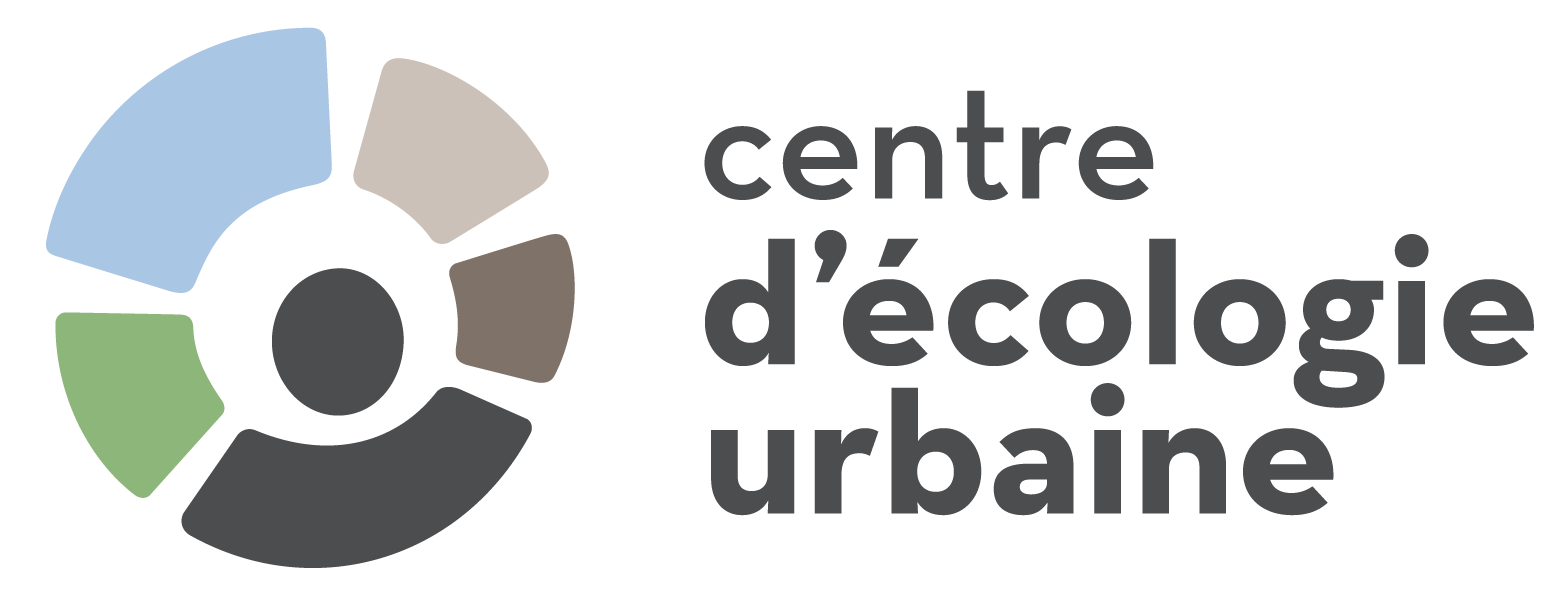
Decide
With the various stakeholders, validate and improve upon the developed solutions.
WHAT?
You have identified the most promising solution for improving the urban environment of your project area, and it is now time to make some decisions. This phase involves soliciting input from citizens and all parties directly and indirectly involved in the process.
Explain and bring people together
This step assesses the social acceptability of the project and seeks an equitable equilibrium among the different stakeholders’ often diverging points of view. It is probably an illusion to think that a perfect consensus can be obtained. However, it is always possible, with clear communication and real co-operation work, to bring parties closer together and arrive at a common position that satisfies everyone.
During this phase of the process, it is a good idea to go beyond the relatively small circle of people already participating. Many citizens and stakeholders are not as aware of urban design issues, but it is important to consult them as well. These people have something to say because they also experience the same space on a daily basis. Additional effort is necessary to promote activities in order to get them involved.
The proposed solutions must be explained simply and clearly, so they can be easily understood. This way, everyone will be fully informed and have the information required to express their acceptance of the solutions. Citizens should also be encouraged to suggest adjustments and improvements to the solutions. At the end of the exercise, this will increase the chances that the accepted solutions faithfully reflect the needs of all residents.
Define the action plan
It is up to the work committee to structure the accepted proposals into a detailed action plan. The action plan addresses the various issues and problems that were identified. It must provide specific solutions for each situation that needs to be corrected. In brief, the action plan translates the words into actions.
Remember
It is important to validate a draft of the plan with the major project partners, including the decision makers, who will be the ones to implement the plan and ultimately make the final decisions. This ensures that the plan is realistic, accurately reflects the previous steps, and that the efforts required for the design projects will be accepted.
WHY?
- Validate the priority issues and sites with citizens and stakeholders.
- Assess their acceptance of the solutions that resulted from the exploration phase, and collect any new ideas.
- Decide on the best actions to take in everyone’s interests and collect these measures in a wellstructured action plan.
WHO?
- Decision makers
- Citizens
- Stakeholders that are project partners
- Other local stakeholders, e.g., those from schools and community groups
HOW?
- Scenario validation workshop
- Mediation workshop
- Work session with groups of informed and mobilized citizens
- Work session with municipal professionals
- Production of an illustrated action plan with specific and localized actions

